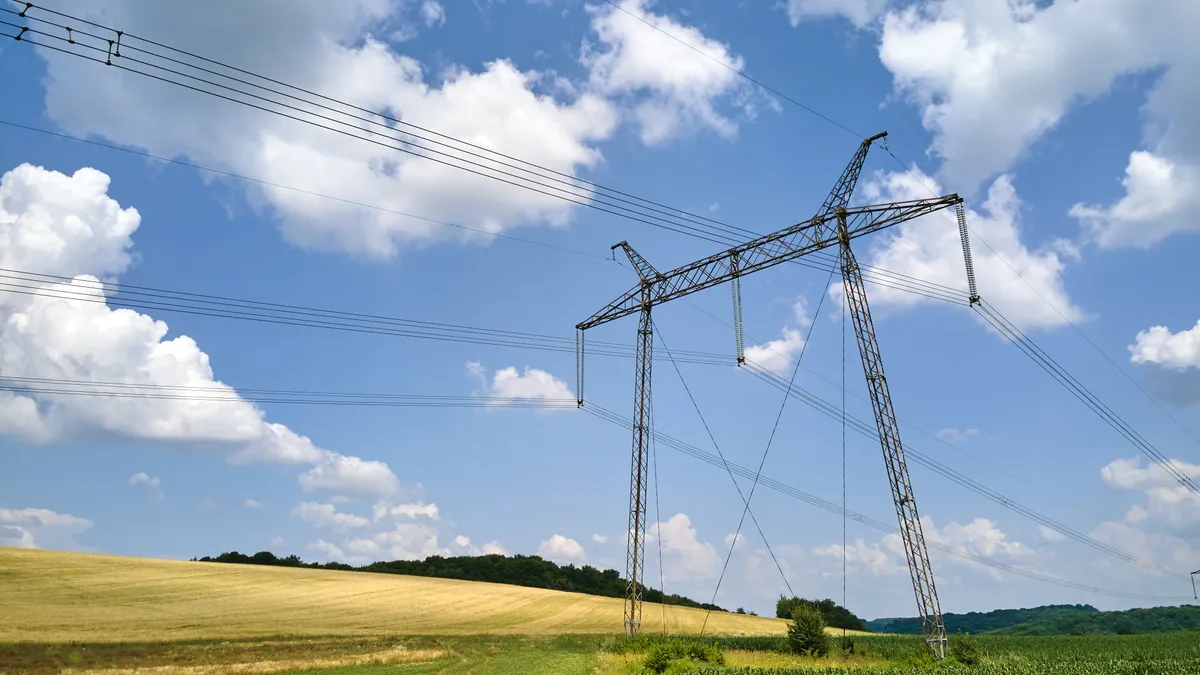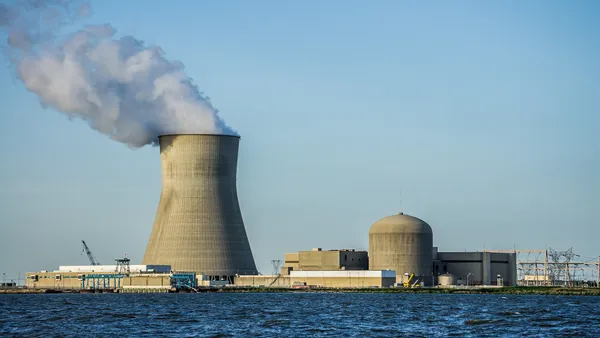Dive Brief:
-
Accounting for the capacity value of clean-energy resources would lower costs and reduce greenhouse gas emissions, RMI said in a report released Tuesday that evaluates options for including emissions-free resources in the PJM Interconnection's markets.
-
Adding voluntary clean-energy procurements to a centralized market could lower costs and emissions even more, according to the report, Scaling Clean: Assessing Market Options For Clean Energy and Capacity in PJM.
-
"PJM has this really big opportunity to enable the cost-effective decarbonization that its customers increasingly want to see by pursuing one of the voluntary clean-energy market designs that are being contemplated in the region today," Katie Siegner, an RMI senior associate and one of the report's authors, said Monday.
Dive Insight:
PJM's Resource Adequacy Senior Task Force is exploring possible changes to its capacity market, including ways to help states meet their clean-energy goals through the grid operator's markets.
PJM runs the electric grid and wholesale power markets in 13 mid-Atlantic and Midwestern states and the District of Columbia. Nine of the states and Washington, D.C., have renewable portfolio standards. Those policies will require about 27% of PJM's load to come from emissions-free resources by 2030, up from 16% today, according to RMI's report.
Generally, load-serving entities (LSEs), such as utilities, meet their renewable energy obligations by buying renewable energy credits or zero-emissions credits through fragmented markets, according to the report from RMI, a nonprofit that supports carbon-free energy.
Two main options have been floated to help states, companies and municipalities meet renewable energy goals through centralized processes: a forward clean energy market (FCEM) and an integrated clean capacity market (ICCM).
The FCEM would be held in advance of PJM's annual capacity auctions. LSEs, corporate customers and municipalities would use the FCEM to buy clean-energy attribute credits (CEACs), which would partly replace renewable energy credits.
The ICCM would be part of PJM's capacity market, which would allow LSEs and others to buy CEACs and capacity at the same time. With a combined auction, the market can select the optimal resource mix that meets both clean-energy and capacity objectives at the lowest cost, RMI said in the report.
RMI analysts used models to study the effects of the clean-energy market proposals as well as including the status quo.
Among the report's findings, RMI found that increased voluntary demand for clean energy can help reduce greenhouse gas (GHG) emissions and lower overall capacity costs.
Companies and municipalities with emissions-related goals may want to participate in the proposed markets for their "simplicity, affordability, and effectiveness at spurring clean energy deployment," RMI said.
"A forward clean-energy market or integrated capacity market would equally enable and facilitate voluntary buyers to just submit demand to the market administrator for how much clean energy they want to buy," Siegner said. "Our hypothesis is that if you build that simpler structure, more buyers will come."
Increasing CEAC demand to 45% from 40% causes an additional 20 GW of solar to clear the market and 12 GW less of coal-fired generation to clear, according to the report. Increasing CEAC demand to 55% reduces the capacity market-clearing price from $115/MW-day to $111/MW-day, the RMI analysts found.
The RMI analysts also found that state carve-outs for particular resource types, like in-state solar and offshore wind, drive up costs and reduce emissions reductions compared with not having carve-outs.
"These carve-outs can serve valid and valuable policy goals," the analysts said in the report. "They also carry trade-offs due to their higher costs and, in some cases, limited capacity value."
RMI urged PJM and its Resource Adequacy Senior Task Force to keep "clean procurement" in the task force's scope and pursue reforms that remove barriers to clean-energy resources participating in the capacity market.
States should develop a standardized clean-energy product that could be procured across the PJM region, RMI said, noting the Organization for PJM States' Competitive Policy Achievement Staff Working Group could foster those discussions.
PJM and its stakeholders should prioritize approaches that accelerate near-term decarbonization and are politically feasible, according to RMI.
"Both the FCEM and ICCM designs have the potential to secure multistate support, attract new buyers (and thus accelerate decarbonization), and lay a foundation for continuing to scale clean energy reliably," RMI said. "By supporting efficient clean energy resource participation in PJM's markets, clean energy markets are also likely to lower both capacity costs and energy costs region-wide, benefiting states and buyers without clean energy goals."














